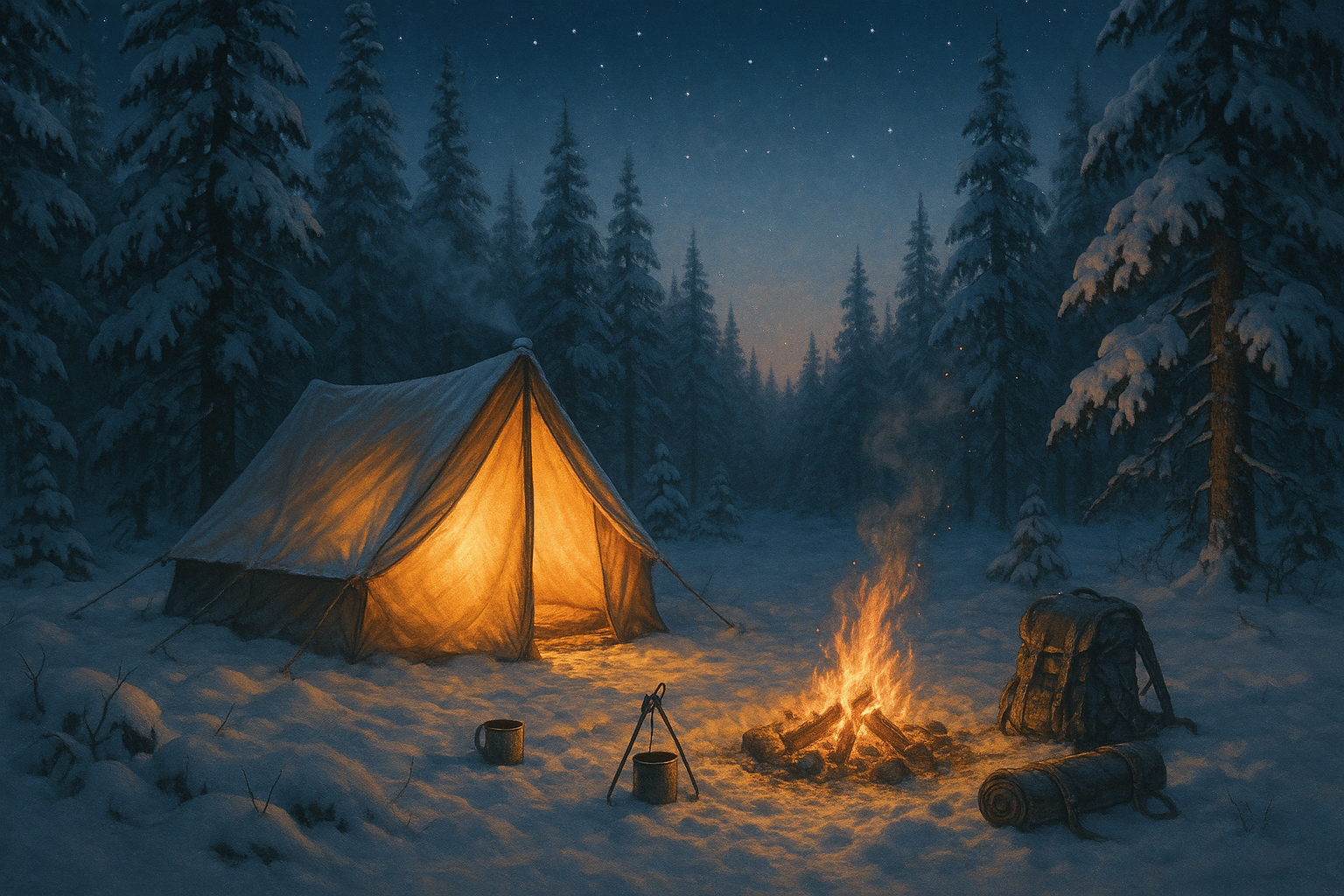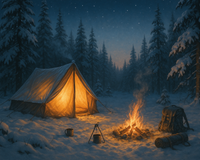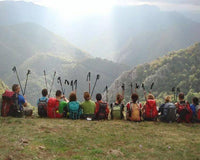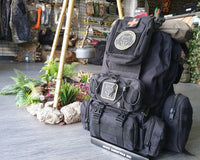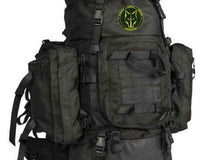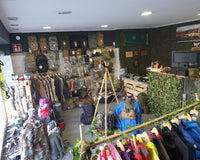Today, many people are interested in acquiring survival knowledge and skills. Their motivations vary widely, and we can find different student profiles. While survival techniques are often associated with catastrophic events, the data proves it, and they can also be extremely useful in providing the most appropriate response possible to incidents that arise in any everyday activity, as well as in any adventure activity, such as a simple hiking trail.
During 2021, rescues during hiking or mountain activities increased by 21% in the Community of Madrid alone. At the national level, hiking accounts for 32% of rescues, representing the highest number of outdoor activities. 55% of these incidents result from falls and injuries, 25% from incorrect decisions or actions, and the remaining 20% from losses or lack of equipment for the activity or weather conditions.
35% of rescues were carried out in adverse weather conditions, weather in which outdoor activities were not recommended.
35.95% of those rescued were doing the activity alone and 93.42% were doing the activity without a professional guide.
(data collected from various publications and the Statistical Yearbook of the Ministry of the Interior for the years 2020 and 2021)
These data are not only applicable to medium and high mountain activities, but also to outdoor activities such as hiking at relatively low altitudes. No one is safe from an incident, getting lost, or an emergency.
We must not only be concerned about our own safety, but also that of those accompanying us or our family.
After the lockdown we've all endured, getting out of the city and getting some fresh air has become almost a necessity, but as with all activities involving nature, we need a minimum level of knowledge and, above all, the knowledge of what we should and shouldn't do to carry out the activity as safely as possible.

We're seeing crowds of people on routes where you rarely encountered anyone before. This leads many to opt out of the route, but without the necessary knowledge of topography and orientation, putting themselves at risk of getting lost. These alternative routes also involve attempting to access areas for which we don't have the necessary equipment or are prepared, physically or technically, and end up stuck in a difficult situation.
Just as we can get a flat tire at the front door of our house, the simplest outdoor activity on the best summer day can be complicated by:
- Falls
- Fainting / hypothermia
- Lost direction
- Loss of personal material
- Sprains
- Meteorological causes
- And the most important one... "Murphy's Law"

The best tools we can carry in our backpacks to prevent these incidents are "knowledge." Not only will it help us safely enjoy our outdoor activities, but it will also help us appreciate nature in a purer and more natural way.
This knowledge is also important to be better prepared in the event of natural disasters, civil emergencies, or social conflicts. This is the case of preppers, individuals or groups who prepare for any type of disaster or emergency. These individuals seek to be prepared for a catastrophe, whether natural (such as an earthquake, hurricane, virus, etc.), or civil emergencies, riots, blackouts, social conflicts, or pandemics. Therefore, they aim to be ready to respond as appropriately as possible to the risks they may face.
Regardless of your interest in taking a survival course, the courses we offer at Northvivor will provide you with the knowledge and skills you need to approach the activity safely and prevent or confront potentially dangerous emergencies, resolving them in the most favorable manner possible with the equipment available in your kit.

Features of our courses:
- Theoretical-practical course, 100% in-person, with a maximum number of students per course of 15/instructor.
- Although it is fundamentally oriented towards the natural environment, it can be applied to any natural or urban environment.
- It's not about starving yourself, but rather about learning techniques to be able to respond as accurately as possible to an incident or emergency.
- Physical fitness is not required, as there are no long backpacking trips. This is a course to learn survival techniques, not to actually survive.
- They are carried out in private natural facilities.

What will we achieve with these courses?
- Become aware of the situation and assess the risks that affect us immediately.
- Prepare for a safe outing into the natural environment
- Make decisions to alleviate the situation and provide us with resources.
- Act until the situation is resolved, either with the arrival of external help or by remedying it by our own means.
Course content.
The student will be trained in the following skills:
1– Survival psychology, safety rings and roles
2– Primitive fire (methods for making, preserving and transporting fire)
3– Water.
4– The shelter
5- The food
6– First Aid
7– Topography and Orientation (day and night) Land navigation.
8– Use of ropes and knots, cutting tools, (safety / their use)

Our course is endorsed by SIWA http://www.siwasurvival.com/ (the World Association of Survival Instructors), where Northvivor is an accredited center in Spain, and its instructors are also accredited.


